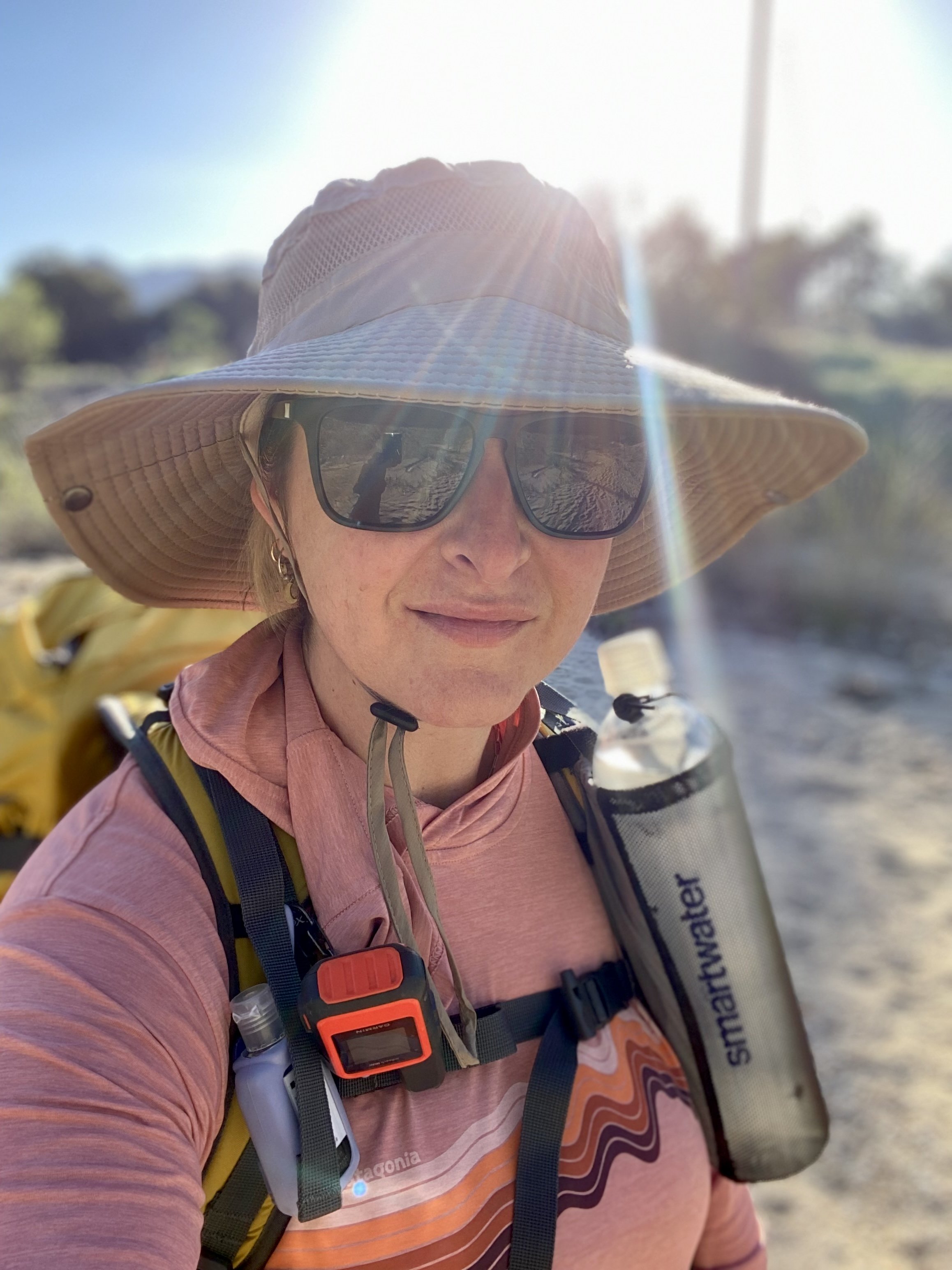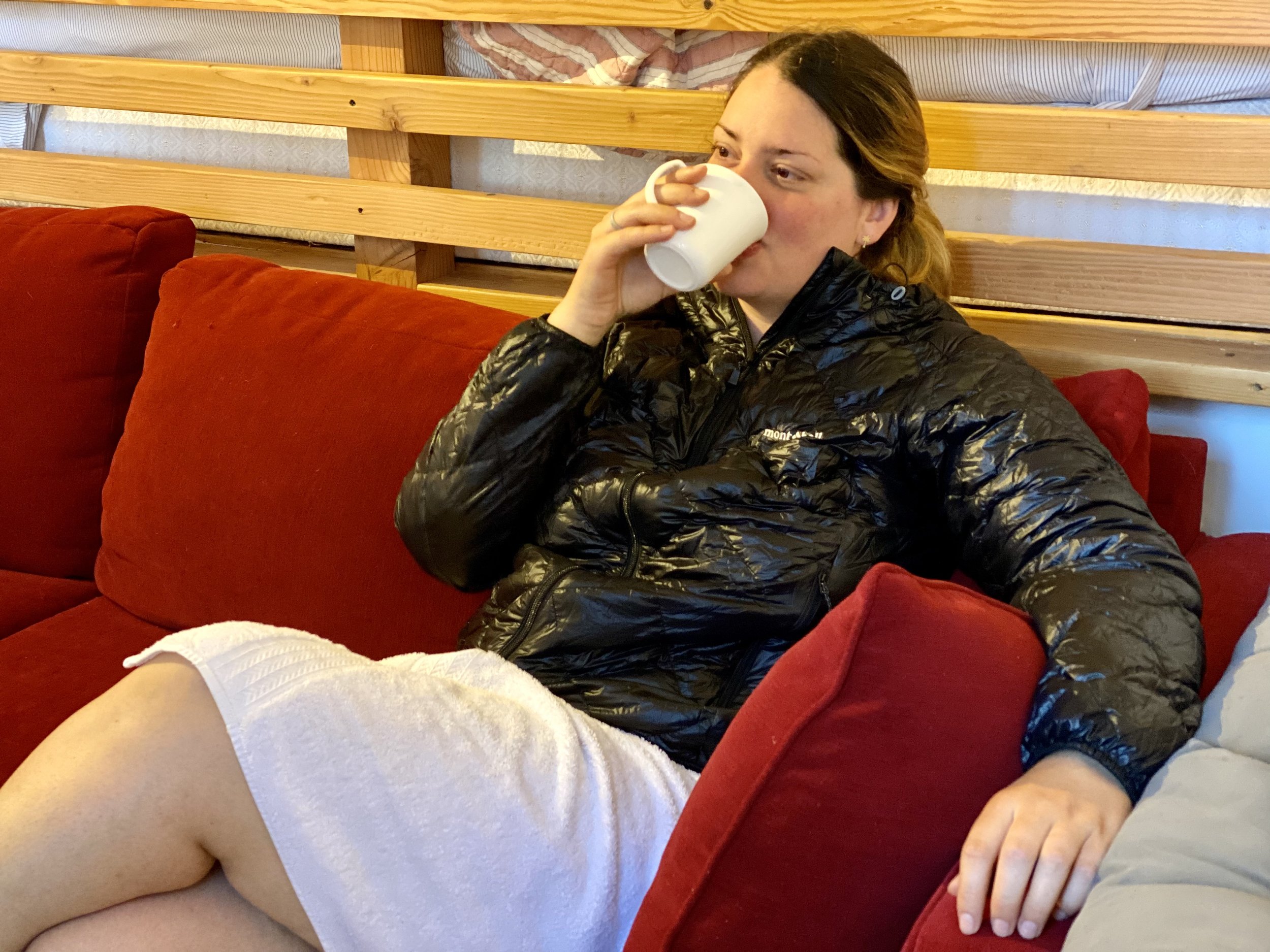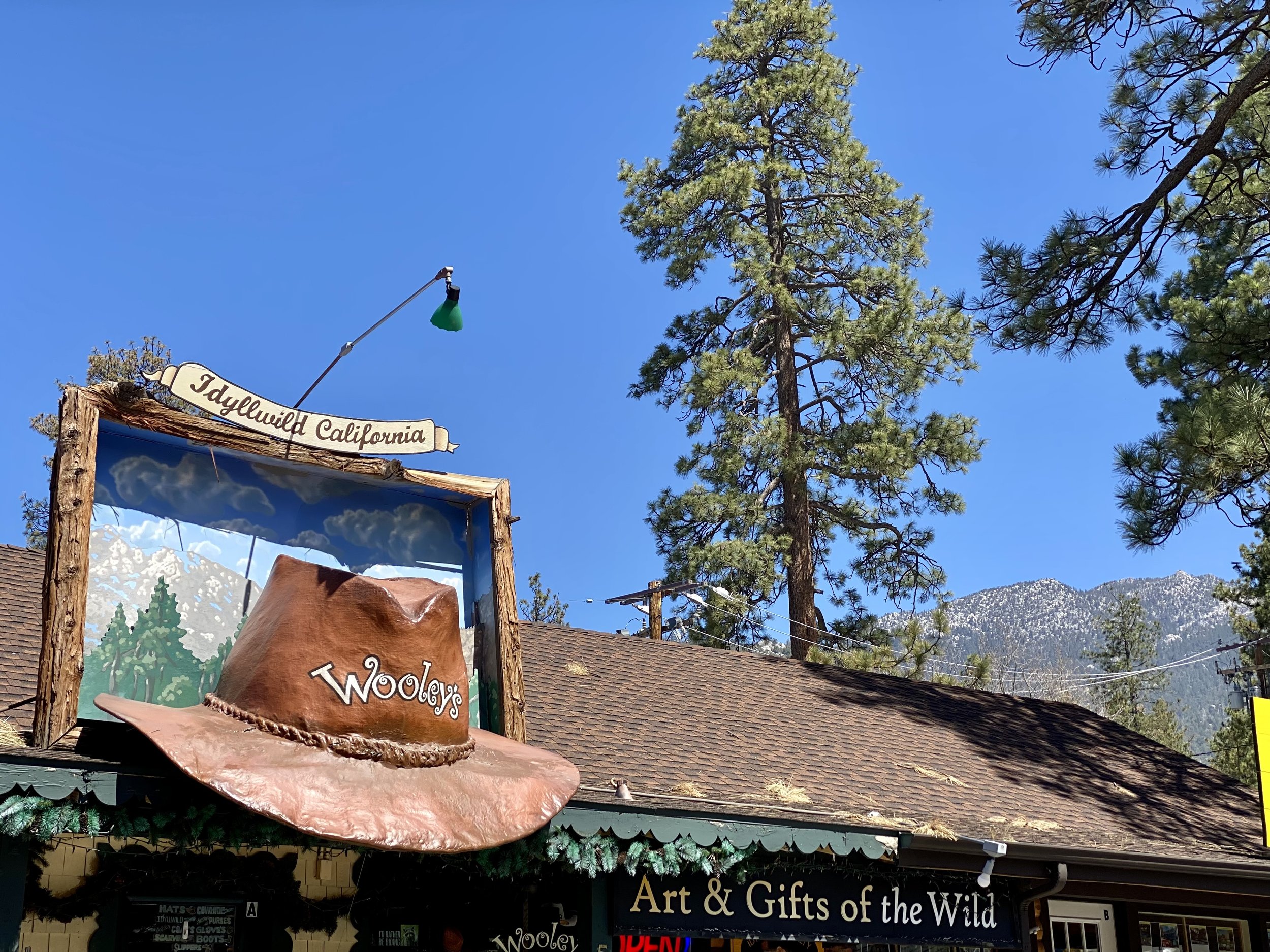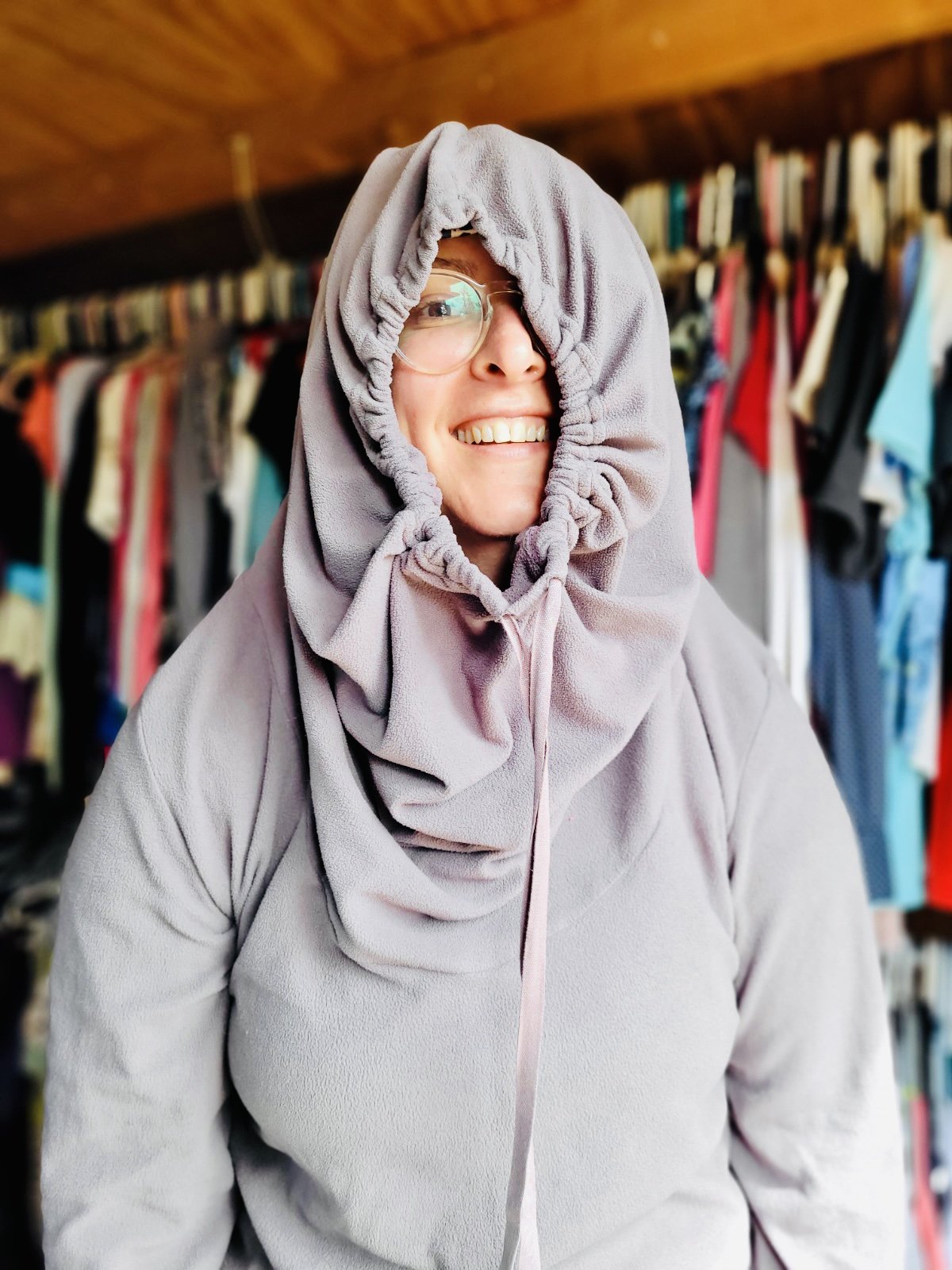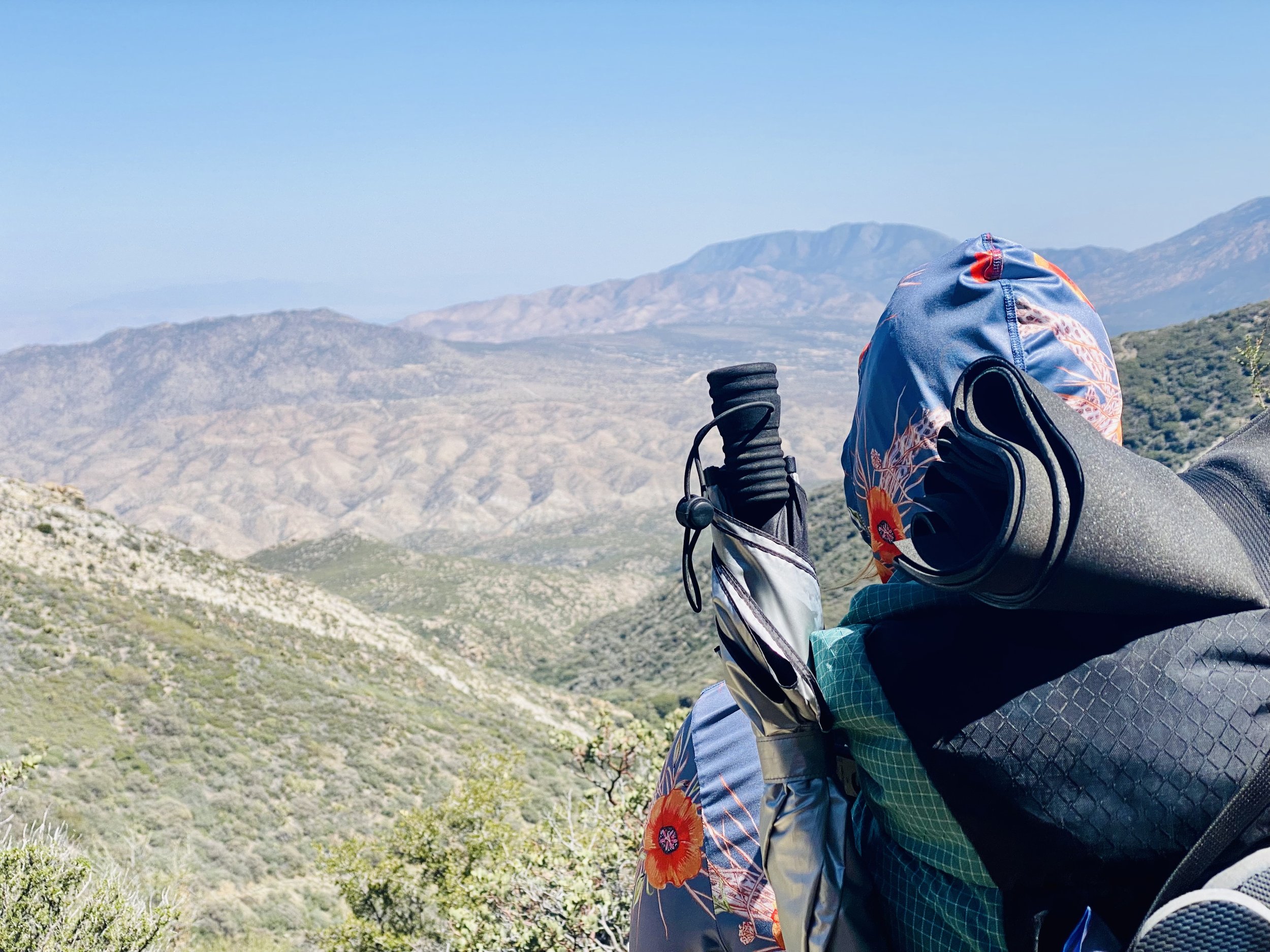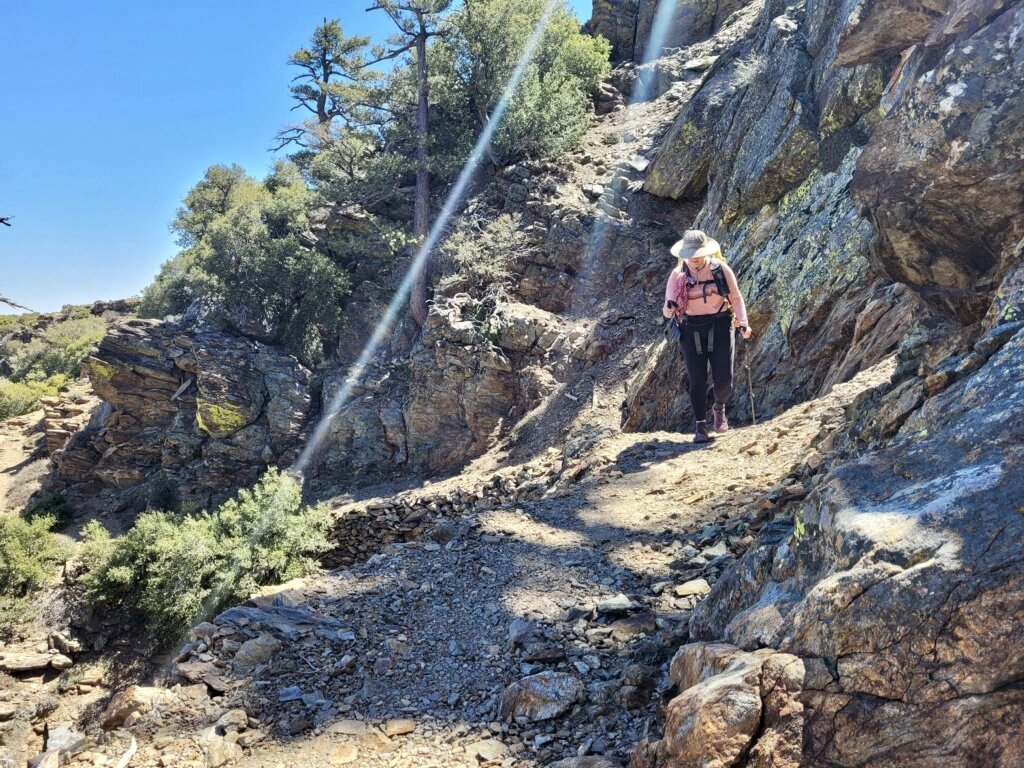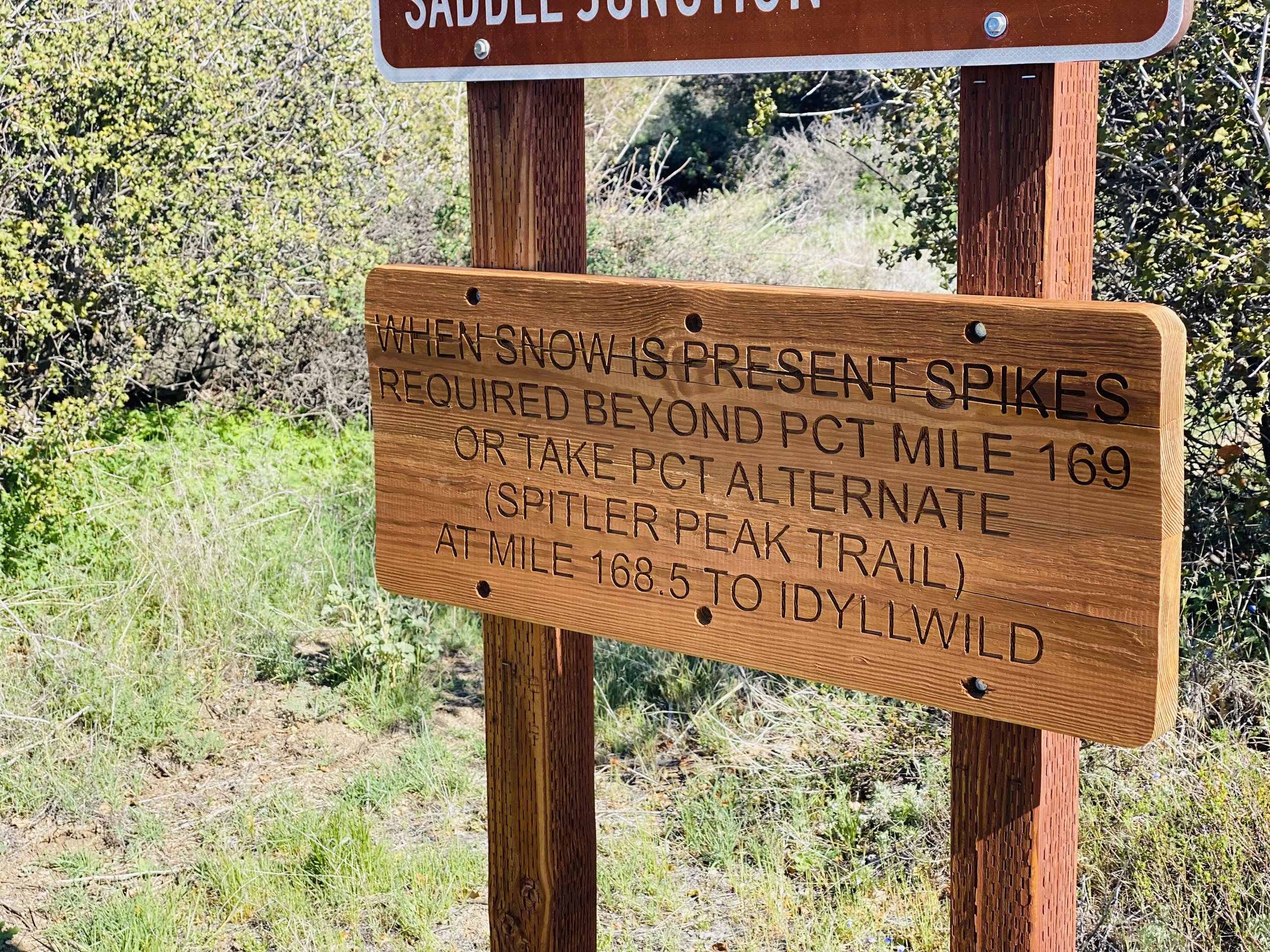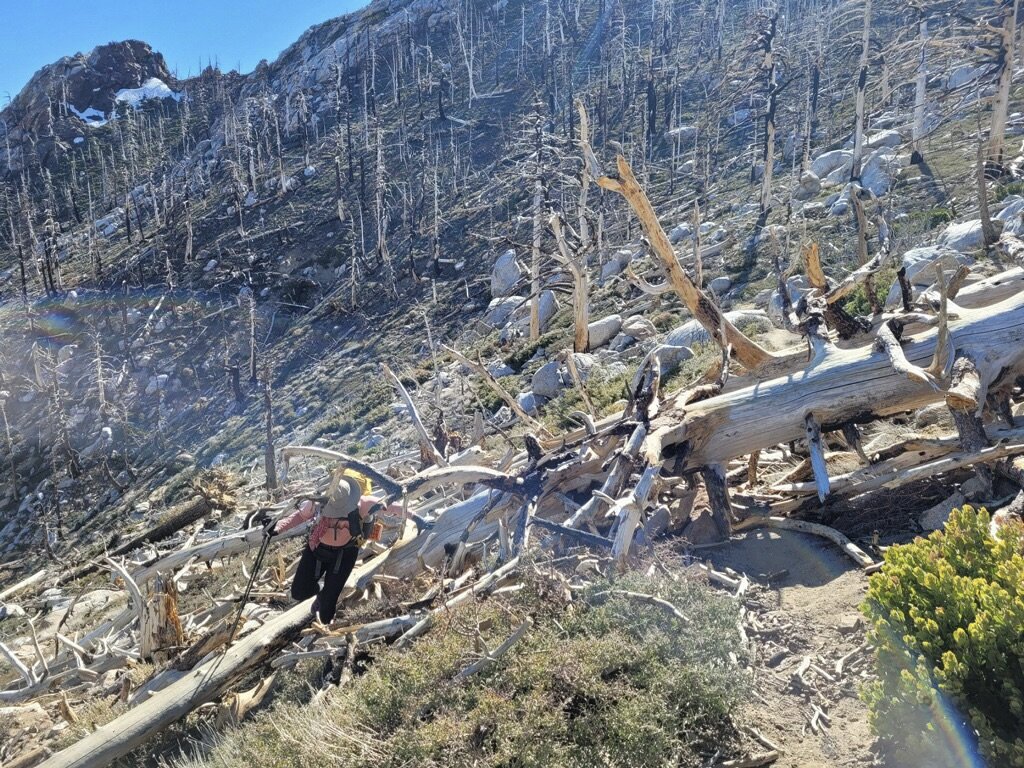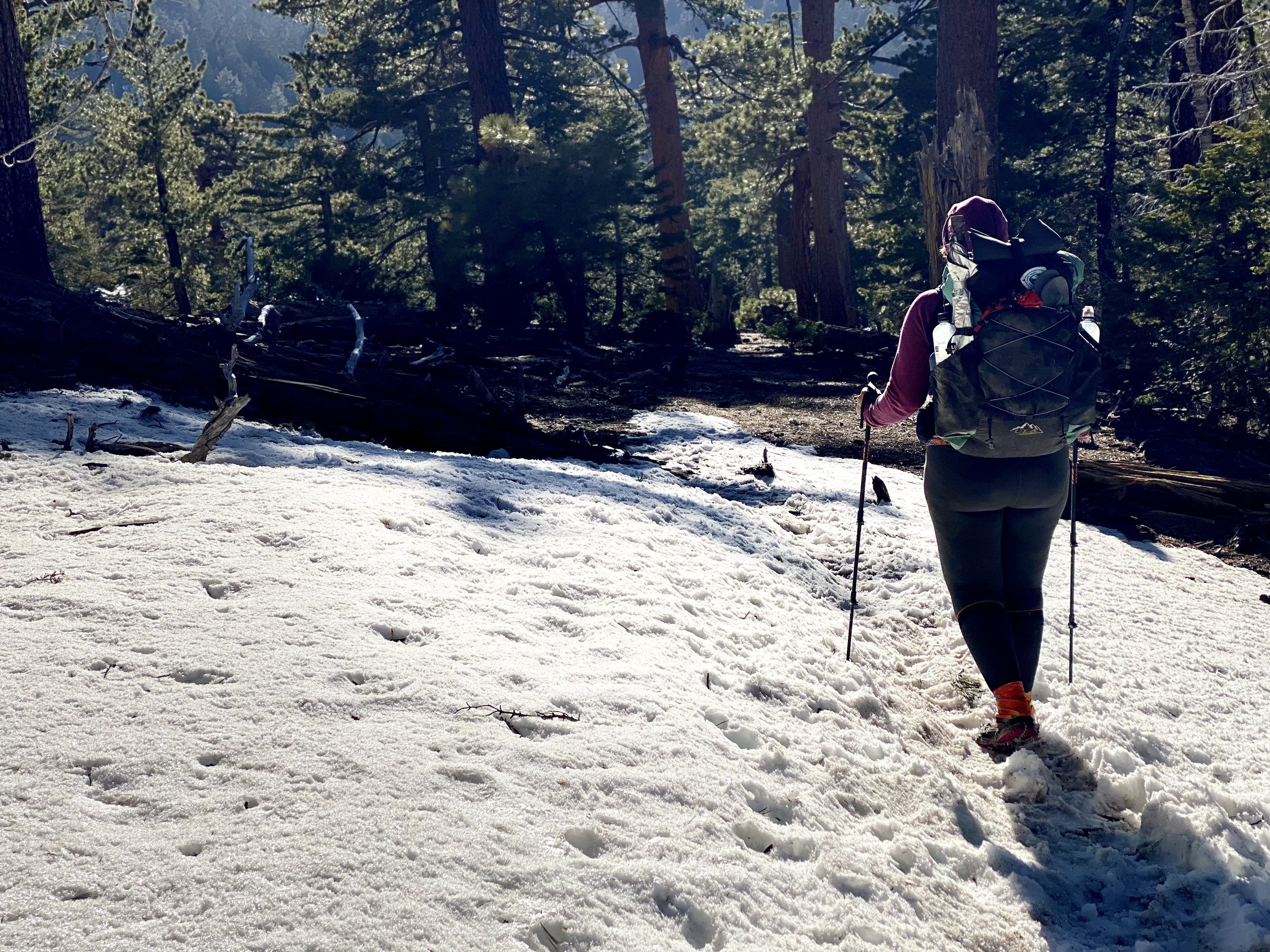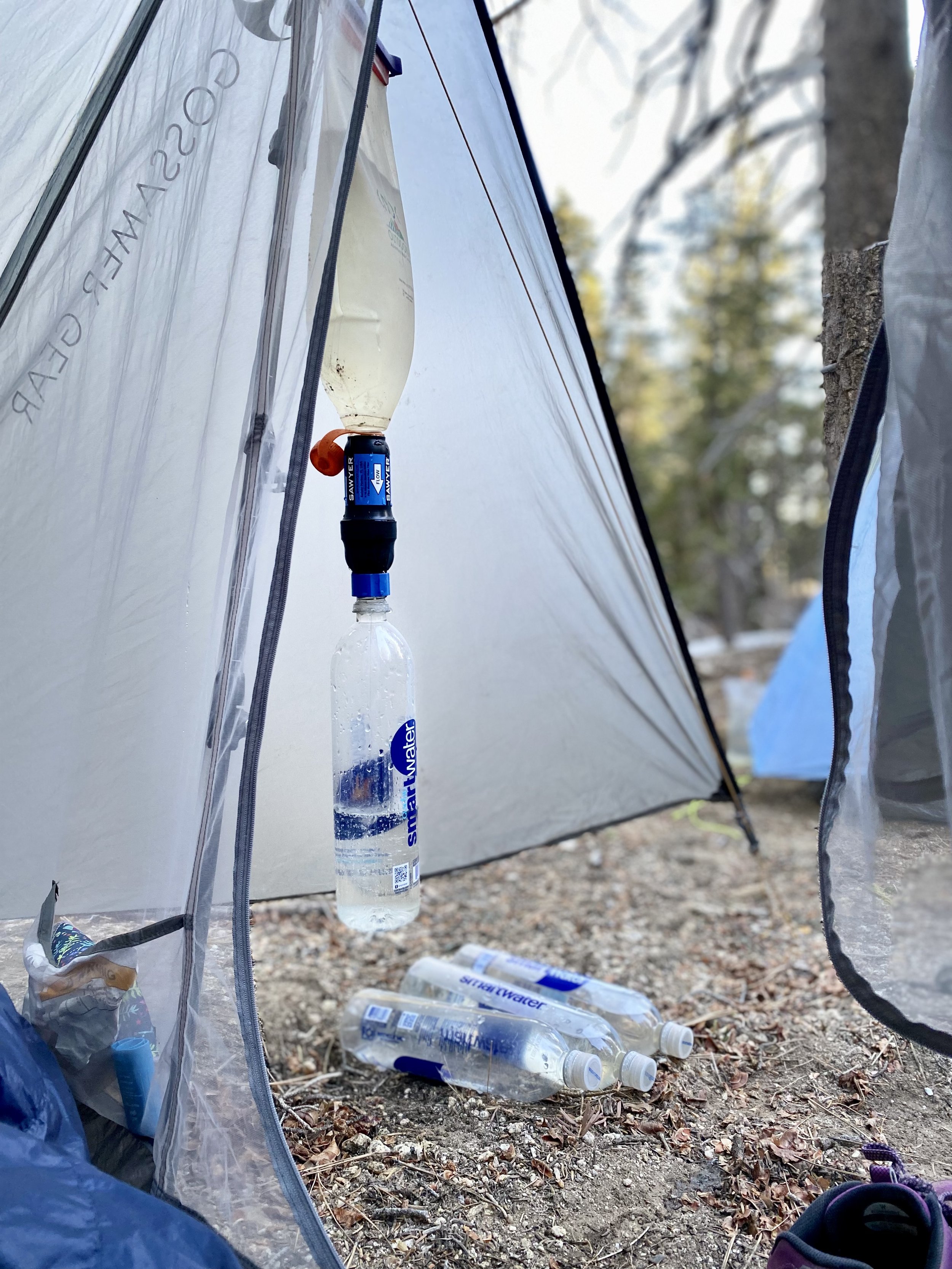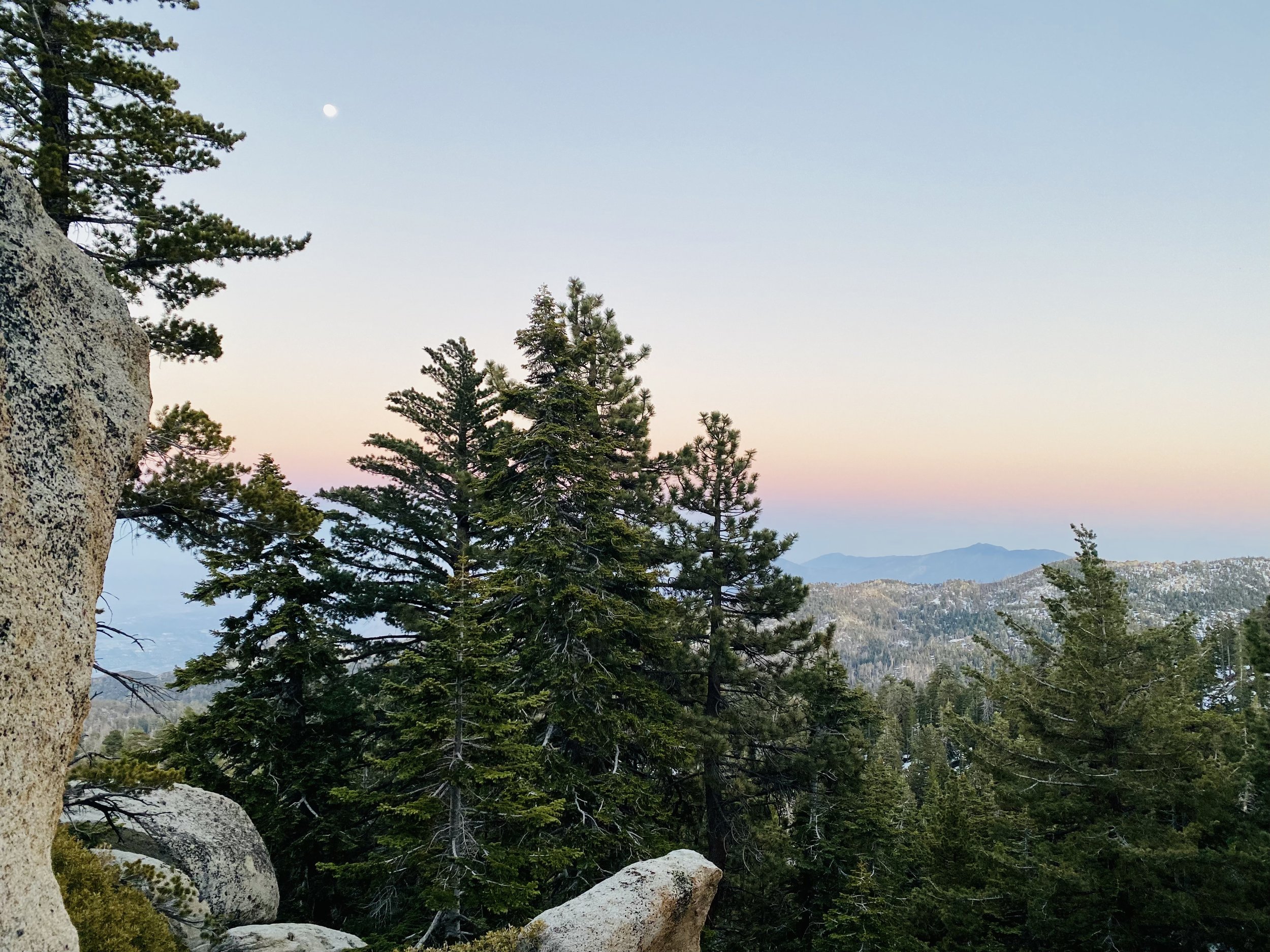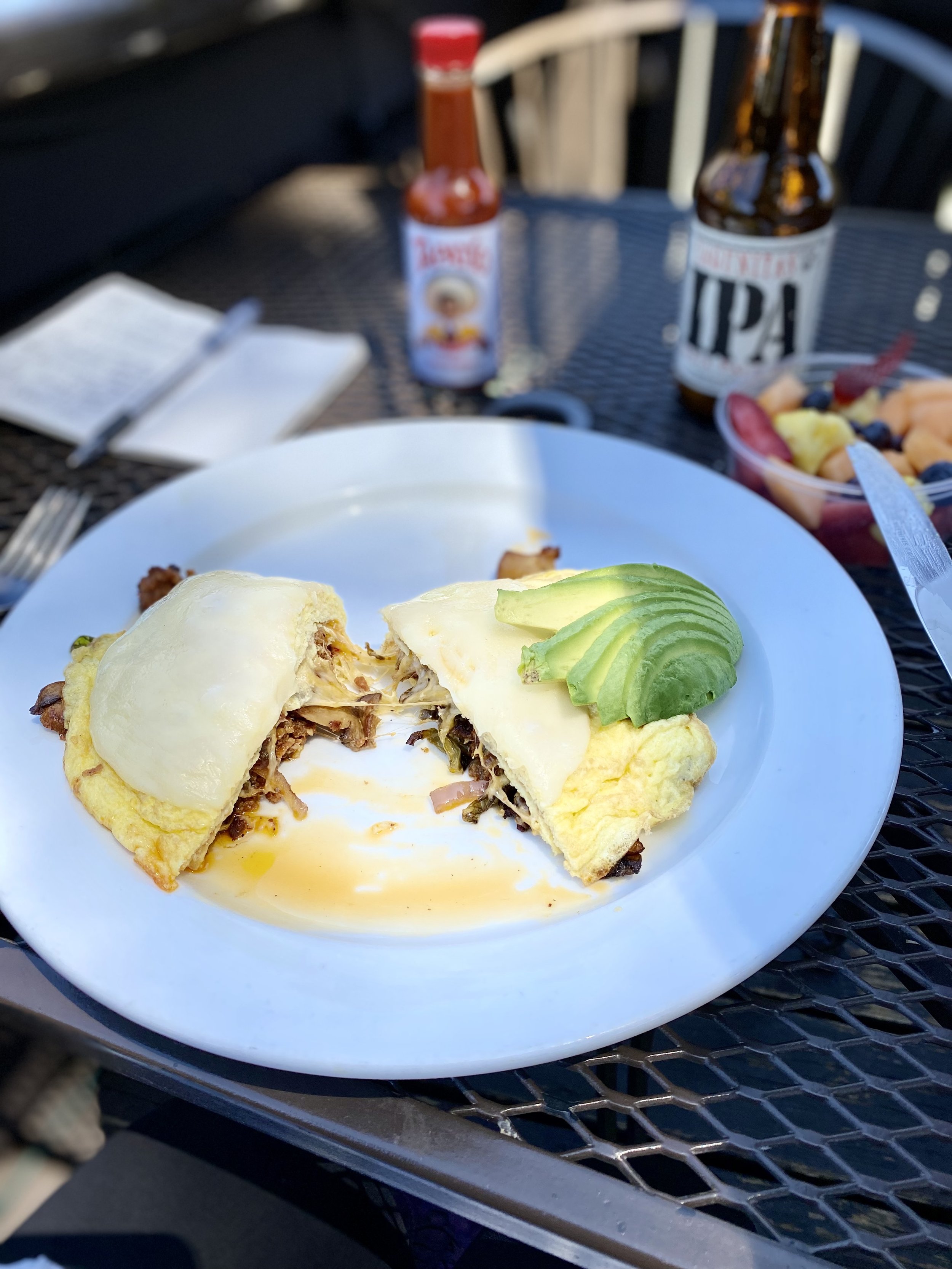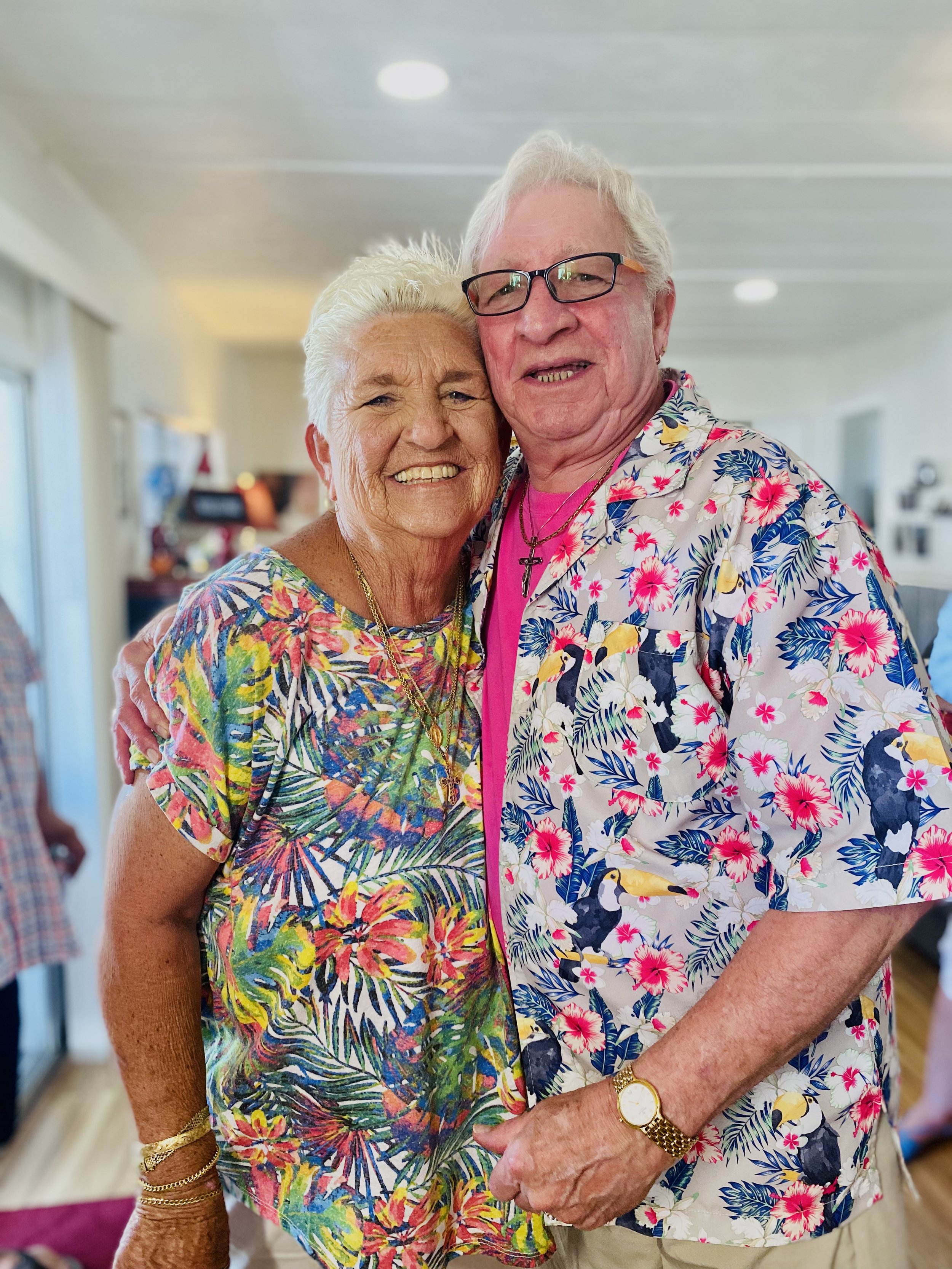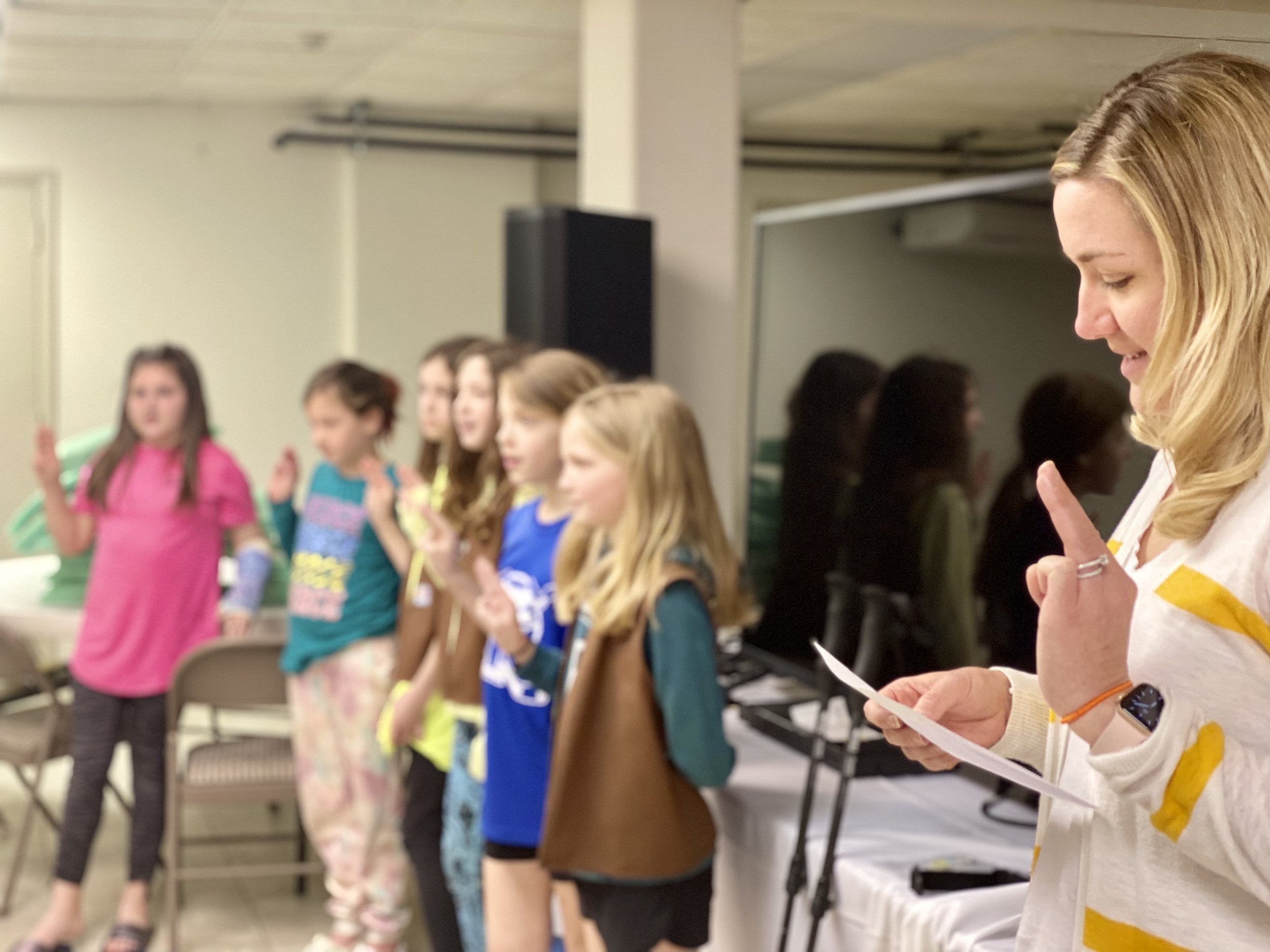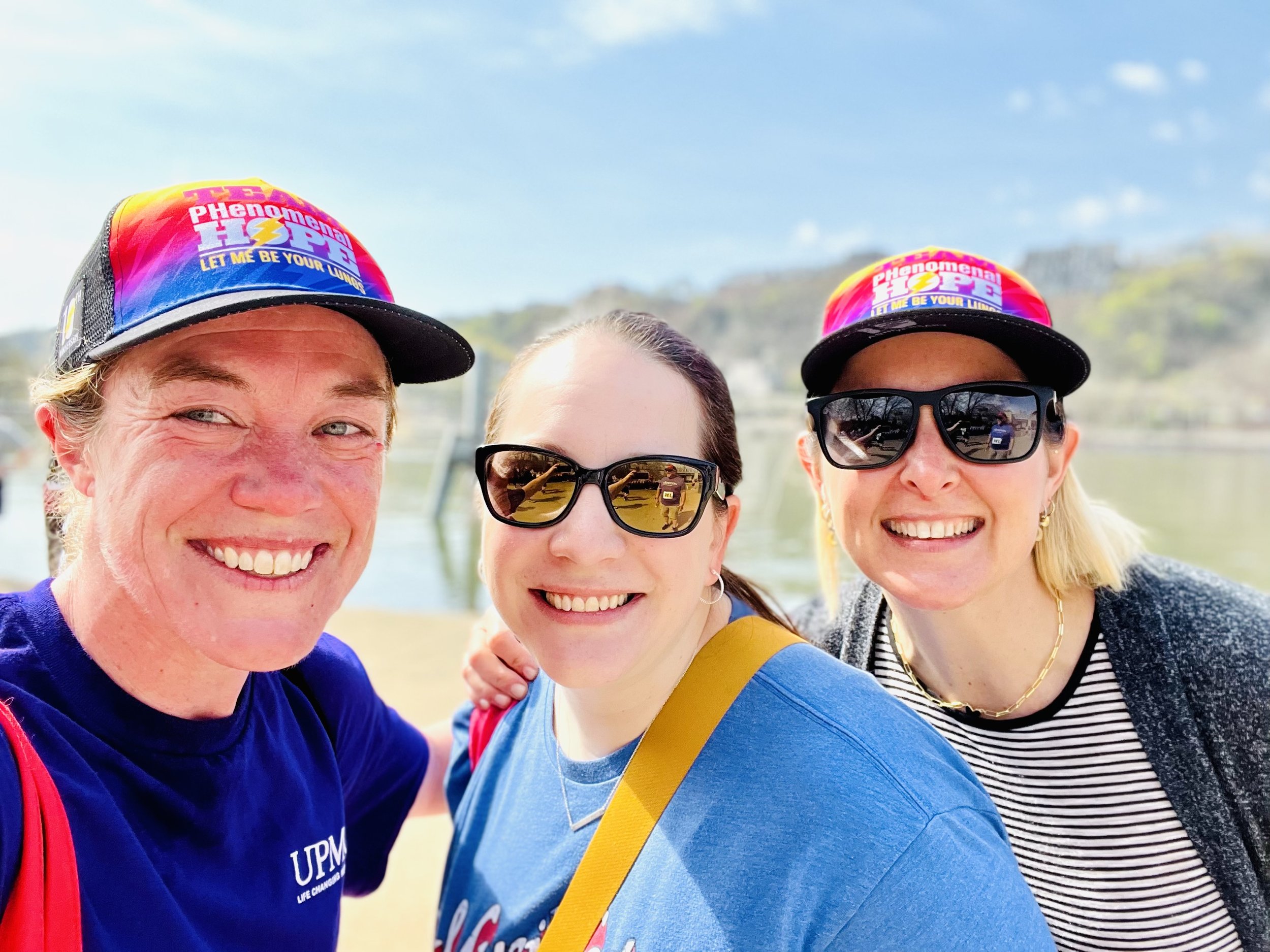A Brother From Another Mother
“Waaaater…precious waaaater…life saving…WAAAATER!!”, I heard President chime to herself from the innards of her tent, as she reliably does after she wakes. I lay across the saddle in mine, knowing that I had to pack up before sunrise. With temps forecasted to surpass 95 degrees in the desert, we must get a head start on the day’s dehydrating heat if the remainder of our 6 liter water carry from the day before was to last us the 5 more miles until our next source, Mike’s Place.
Parchedness.
Thirst.
The epitome of sacrifice during Lenten’s Holy Week.
The Pacific Crest Trail.
The ‘PCT’.
The land of fire and ice.
The Pacific Crest Trail was famed by the 2014 movie, Wild, a chronicle of Cheryl Strayed’s solo hike, starring Reese Witherspoon. The PCT spans 2,650 miles from Campo, a small town on the border of Mexico & the United States, through California, Oregon, and Washington states, and reaches its Northern terminus at the border of the United States & Canada in Manning Park, British Columbia. The 3 great long distance hiking trails in the U.S., the Appalachian Trail, the Pacific Crest Trail, and the Continental Divide Trail, form the Triple Crown of hiking.
In mid-April, I joined Laura, A.K.A. "President", who you met during my time on the Appalachian Trail, for a section of her thru hike of the PCT. With back-to-back thru hikes, she’s walking her way to her very own Triple Crown. Utter royalty, she is.
A queen.
“Never be so foolish as not to surround yourself with people who are smarter than you.”
President knows Southern California inside and out. She knows her altitude. Her marathon length water carries. Her Santa Ana winds. Her botany. Her cadence. Her ice axes. Her desert, her sun, and her snow. When to halt. When to press. President knows her mountains.
To be alone on this stretch, given my novice of this type of terrain, would be foolish. Risk-laden. Dangerous. But to be the pupil of an expert, well, that would be wise.
She extended an invitation.
“Green light”, just as McConaughey would chant.
And I said, “Yes.”
When we don’t escape discomfort, we grow.
I met first, fever, and then frost, on my 83.5 mile stretch on the Pacific Crest Trail from Warner Springs, California, North to the 10,834 foot summit of Mt. San Jacinto, descending into and finishing my section in the town of Idyllwild.
Cactus spine to the thigh. To the buttock. To the palm. Tweeze. Ouch. Repeat. Toasted hands. And lips. No refuge from the sun. From the wind. 50…60…70 miles per hour. Sand to the teeth. To the wets of the eye. The sidewall of the tent, “Bam…bam…BAM!!”, against my back with each gust. Sleep is nil. As is water. Exhaustion. Thirst. 8,000…9,000…10,000 feet. A nosebleed. A pounding head. Altitude, you’ve arrived.
And deep into my cerebral C-drive of anesthesia training, I tugged. As altitude increases, atmospheric pressure decreases, I recalled. And atmospheric pressure, also known as barometric pressure, is simply the measure of air’s force against a surface. But how were these climbs actually changing my body chemistry?
With the help of www.howstuffw?rks.com, I learned that the percentage of oxygen in the air is the same at sea level as it is at high altitudes, 21%. “High altitude”, defined as >5,000 feet above sea level. But because the atmospheric pressure is lower at increased elevation, air molecules are more dispersed. Therefore, each breath delivers 40-50% less oxygen to the body.
Our bodies, our machines, will compensate. Red blood cell production increases. As does our heart rate. Our breathing, rapid. Moisture from our skin and lungs evaporates at a faster rate in response to the decreased humidity at higher elevations; therefore, our machines require more water to stay hydrated. The dehydration that inevitably ensues pings our kidneys to hold onto water and sodium, causing tissue swelling, edema.
Headache. Nausea. Decreased appetite. Lethargy. Increased urination. Confusion. Hell, my Smartwater bottles were collapsing in on themselves, I can only imagine how my blood vessels were responding.
I should’ve known that this was going to be a wild ride when trail angel, Raymond Roger, picked me up from the Ontario airport. Raymond Roger both lives on, and grooms, an avocado farm outside of Temecula, CA. Raymond Roger has an older brother named, none other than, Roger Raymond. “Mamma ran outta names.”, he explained.
Unlike being nestled within the Appalachian Trail’s “Green Tunnel”, the PCT’s path wraps around its land like garland around a Christmas tree, keeping the hiker on the periphery of the mountainside and exposed to unrelenting vistas beyond compare. It's magical. Otherworldly. The draw for most, but in ways, a spoiler for me. The PCT is an open book, allowing you to see its winding footpath for bounds ahead and also back to where you have come from for miles, and miles. And miles, behind. There are no secrets. Conversely, while blindly tucked deeply within the forest of the Appalachians, each step, the turning of a new page. An untold story. Where ignorance can be bliss.
A brother from another mother.
The Appalachian Trail was my first romance. But would all others be damned? Am I capable of ceasing comparison and welcoming the beauty of the new?
In life. In love. At work. At play.
It’s metaphorical.
I cried to President over lunch as we approached Cedar Spring, “I feel insecure, emotional. Why do I write? Why do I share? Why did I even come out here? What’s the point?”. I was struggling with self-affirmation. People-pleasing. It keeps me safe, but it keeps me chained.
The trail has a way of unearthing our fears. Our truths. The lies that we tell ourselves. It is you vs. you out there. And the silence speaks loudly.
But it also brings answers. Security. And quiet confidence. Shortly after passing Cedar Spring, I found myself off-trail, turned around. I looked for footprints. I called on FarOut, my satellite navigation tool. The direction of the setting sun. My intuition. And I found my way back.
I found my way back.
“But are ya goin’ all da way ta Canada??”, passersby would ask. Being fluent in saying, “YES.” when asked if I was going all of the way to Maine, I cringed each time that I was forced to say, “No.”
But Heather “Anish” Anderson went ALL of the way to Canada. THREE times. And, in 2013, faster than any other self-supported human being in the history of man.
She also holds the female self-supported fastest known time (FKT) on the Appalachian Trail, 2015, and on the Arizona Trail, 2016. Heather was named the National Geographic Adventurer of the Year and is the only woman who has completed the Triple Crown of hiking THREE times. This includes her historic Calendar Year Triple Crown hike in 2018 when she hiked all three of the U.S. great long distance trails in one March-November season, making her the first female to do so.
She is the Michael Jordan…the Lindsay Vonn…the Serena Williams of long distance backpacking.
On May 21st, Heather will be speaking at The Appalachian Trail Museum in Pine Grove Furnace State Park, Pennsylvania, sharing her compelling story, which she also so bravely shares in her memoirs, Thirst: 2600 Miles to Home and Mud, Rocks, Blazes: Letting Go on the Appalachian Trail. Heather earns your trust through her relatability and honest testaments. She is safe. She hasn’t lost her humanness in her success. In fact, she has been reacquainted with it.
And I was asked to open for her with a speech of my own.
Me, Sarah Robison, open for HER?! The Heather Anderson?! Whose pack lives behind a glass exhibit in the very museum where we will be speaking??
I said, “Hell yes.”
I invite you to join us for this event. To learn of Heather’s triumphs. To tour the museum, housed directly on the trail, rich in its Appalachian Trail history and artifacts. To set foot on this path for yourself.
I would love to meet you.
I invite you to say, “Yes.”
Pack on the plane, destination- Cali.
Descent into Ontario International Airport, the mountains that I would be immersed within in a day’s time.
My fancy luggage- pocket knives and stoves with ignitors are not allowed to be carried on the plane. Some airlines also disallow other types of sharp equipment on board, such as trekking poles, tent stakes, and trowels, and they must be checked.
Gifted merino wool hikers from Fits Sock in exchange for my wear and street cred.
A day in the wine country of Temecula, California prior to getting on trail.
Mimosas and Benedict!
President woke up to hiker trash at Motel 6- me sporting the red light from my headlamp. She was still sound asleep, and I didn’t want to wake her!
My first step on the PCT. We can never get our “firsts” back. How they make us feel in their newness. A hike, a song, or a kiss- “firsts” change us. Stay present in you “firsts”, they can never be replicated.
Warner Springs trailhead.
I followed in President’s footsteps.
The thorns or “spines” of a cactus allow it to survive in the arid conditions of the desert, protecting it from plant-eating animals, providing shade, and decreasing water loss.
Siestas are a part of a hiker’s day on the PCT, allowing time out of the mid-day sun to snack and rest. However, often a challenge to find a shaded area.
We found the perfect boulder to shelter behind on Day 1, but it was time to get back on foot when the rotation of the sun crept in- nature’s alarm clock.
Foam sleeping pads are preferred on the PCT, as they aren’t subject to the puncture of an inflatable pad by cactus spine.
Many hikers opt to tote a sun umbrella on the PCT.
There are no “blazes” on the PCT, only these posted stickers every now and again- i.e. rarely.
My friend Gourmet shipped homemade dehydrated meals to me for my first stretch; hence, his trail name!
Early morning in my tent.
First sunrise on the PCT. An early morning to beat the heat!
Signage for “Mike’s Place”, a ranch with a large water tank for hikers located 0.2 miles off trail.
The water in Mike’s tanks still needs to be filtered before drinking. The water provided by trail angels make hiking this dry stretch of PCT possible.
Carlos, A.K.A. “Yeah, yeah”, eating oatmeal with a tent stake after losing his spork! Ingenuity and adaptability are necessary for a successful hike, he was simply grateful to be able to eat it.
Water cache.
Arrow showcasing the trail as it wraps around the base of this mountain, revealing the miles to come.
A Yucca plant, a succulent in the agave subfamily of the asparagus family.
Pres and I. One would think to dress in less when immersed in such arid, sweltering conditions; however, it is imperative to have all exposed skin covered to prevent blisters, burns, and sun poisoning. “Sun hoodies” are a crowd favorite, as are fingerless sun gloves.
A cactus bloom.
Retrieving water from an underground concrete cistern with my cookpot. This was the only viable water source over an 18.1 mile stretch.
Signal borrowing President’s Sawyer Squeeze water filter after losing her own Katadyn BeFree filter from her pack, unknowingly.
Trail angel Mary’s place, mile 145.4. She fills a 500 gallon water tank weekly and offers hikers a free library and canopy for shade, as well as overnight spots for tenting on her property. Without her generosity, there would be an 18.9 mile stretch without water.
“The ribbon of trail takes away choice, and replaces it with the freedom to be still.”, written by trail angel Mary.
Read. That. AGAIN.
We can be held prisoner to the gluttonous amount of choice that society has grown to impose upon us. There are few choices on trail- Where to sleep? When to eat? Will I have enough water? How many miles today? There is both sacrifice and freedom in this.
Mary’s library.
And her water tank.
I left my gaiters at home to push my minimalism but regretted the decision. With socks full of sand each evening, they have more of a place on the PCT than the AT.
I played while Siri and President worked to get us a hitch to the Cafe.
Siri.
Scottie gave us, and my pack, a lift!
Paradise Valley Cafe, 1 mile off trail along Highway 74, is known to have the best hamburger on the trail.
They accept maildrops for thru hikers, and President had her Microspikes sent here for pick-up before summiting San Jacinto.
Grumpy, a trail angel who offers rides in and around the San Bernardino area, certainly lived up to his name!
Jenna saw us curbside outside of the Cafe and offered us a ride into Idyllwild without even having to ask.
The cozy mountain town of Idyllwild, California sits at 8,000 feet above sea level and is nestled in the San Jacinto mountains. We “zeroed” here for resupply, showers and laundry before we began our 11,000 foot summit in the days to come to allow our bodies to acclimate to the altitude.
Theeeeeey’re baaaaaack…
Juicing up my battery pack, headlamp, and satellite beacon.
My flow and efficiency of trail chores returned instinctively. As did washing ruptured mayonnaise off of my Spam packets in the bathroom sink.
Pres enjoying some java in her puffy and towel as the rest of our clothes were being laundered.
Jan, the owner of the Airbnb where we spent the night, graciously shuttled us to and from the center of town for groceries and dinner, saving us from multiple uphill back-and-forths.
With an unanticipated hail storm in the forecast, a trip to the thrift store was in order for some cold gear! I couldn’t rationalize paying the outfitter’s prices for rain pants and a mid-layer.
$1.08 for this fleece and silky pajama bottoms that served as a great insulator!
Dinner in town at La Casita.
A new “recipe”- tortilla, mayo, string cheese, a sliver of Spam and BBQ Fritos.
Ice shards coat the trail.
Sign pointing to the spring that was 1 very steep mile downhill, off-trail, but essential to visit in order to have enough water to prepare dinner and breakfast the next morning.
We woke in the morning to our wind-beaten tents.
The climb to Apache Peak.
A screenshot of FarOut, my navigation tool, showing a cross-sectional view of the Apache peak area. The red triangular exclamation points indicate warning of unsafe trail conditions and the need for snow/mountaineering experience. Reference the sign pictured above- Microspikes are required to traverse north of PCT mile 169.5 when snow is present, and it was.
Trevor “Microsoft” Laher tragically lost his life in this area, mile 169.5, due to these hazardous conditions on March 27th, 2020. I encourage you to read of his story, written by his father, here.
Recent forest fires left a 10 mile stretch of trail laden with fallen trees that must be mounted in order to pass through.
The whiffs of charred oak would be interrupted by scents of new growth, even lavender.
The arrow showcasing the severity of the very narrow trail’s drop-off a times, always having to take caution for rock slides. As I explained above, like garland around a Christmas tree.
President- 1. Big dead tree- 0.
The highly infectious “Poodle Dog Bush” plant causes severe skin irritation and raised blisters lasting as long as several weeks. It thrives in areas of forest that have been recently disturbed by fires or landslides in an attempt to prevent further erosion.
“Lost Boy” from Jersey, United Kingdom.
Donning Microspikes for the first time as I approached Tahquitz Creek. Microspikes are made of thick rubber that is stretched over the bottom of your existing shoe with chains and metal spikes covering their bottom, providing infallible traction when up against an icy terrain.
Think snow chains on a tire.
Pres filtering icy cold water alongside Tahquitz Creek.
Morning coffee nestled in my quilt.
Happy dance in my thrift finds!
Water filtration assembly line.
The summit to San Jacinto peak begins.
I felt the effects of altitude throughout this climb, stopping every 20 yards to catch my breath.
The view from the top!
A stone emergency summit hut shelter is located 0.1 miles from Mount San Jacinto’s peak.
It is equipped with 4 bunks for staying the night in the event that a hiker cannot make it off of the mountain due to inclement weather or injury. It houses some bare bones first aid, including back boards.
The view looking out from the inside.
Descending San Jacinto on very crunchy ice.
“Post-holing” occurs when a hiker steps on what looks like compact snow, but it gives way to their weight, causing them to sink knee, or even thigh deep.
Happy to find even a trickle of water to filter for drinking while descending.
Sunset, complete with a full moon, on my last night camping on the Pacific Crest Trail.
The sandy grounds in Southern California make it difficult to secure and hold a tent stake, requiring us to place boulders on top of each stake to prevent tent collapse.
Feels like home.
Facial edema (swelling) after summiting to nearly 11,000 feet the day prior and sleeping at 9,300 feet of elevation.
Pres brushing her teeth in her flannel thrift shop find.
Splurged my time on cooked oatmeal for my last morning on trail.
“It’s not ‘goodbye’, it’s ‘see you later’ ”.
President continued her trek to Canada after I split to Saddle Junction, making my way off trail. She’s since passed mile 500!
View of Tahquitz Rock as I descend back into Idyllwild.
Devil’s Slide Trail bridges the PCT to the Humber Park Trailhead, which allows for transportation back to Idyllwild.
Cactus omelet at Mama’s Egg House.
Dreamcatcher at the Idyllwild Inn.
Kathy, serving the Red Kettle’s breakfast crowd for decades. Dressed seasonally appropriate with a peep hoodie!
Steve, the owner of Bubba’s Books. A bright light of intrigue and humility, he was.
Laree and Bryan Goodhead performing a James Taylor and Carole King tribute at Middle Ridge Winery.
Meet Chris, owner and distiller of Middle Ridge, witnessed me leaving his business, headed for the long walk back to The Fern Valley Inn. “Are you a hiker? Do you need supper?”, he cared. Minutes later, I was in Chris’ passenger seat, chauffeured.
Meet Les. I met Les through a series of trail angels- he was the one that “shuttled off the hill”. Les left his family on Easter morning, picked me up at the Fern Valley Inn and drove me over an hour to Wildomar, California, where I would unite with my second and third cousins for the holiday.
I was able to easily adapt to the uncertainty of a ride out of town, nor having a place to stay the night before, in ways that I was incapable before my time on the Appalachian Trail.
My cousin, ErinStarr, who I hadn’t seen in 15 years, and her husband, Pete.
My Dad’s first cousins, Joyce and Gary.
Gary’s husband Al, a painter, showed me around the in’s and out’s of his studio.
Their orange trees.
The definition of family in our love and loyalty despite time lapsed and distance separated. And me having raided ErinStarr’s closet for respectable Easter attire!
Festive Easter treats.
Gary and Al’s pup, Hyacinth Bouquet, A.K.A. “Hydi”.
When we were young, Jill played 3rd and I played short. Fast-forward 30 years, not having seen one another since, and she’s asked me to speak to her daughters’ Girl Scout troops. The beauty in this, abound. Here, they recite the “Girl Scout Law”.
“It’s not heavy!”, they said.
Dr. Patty George, a pulmonologist and the President and Co-founder of Team Phenomenal Hope, who I trained alongside in the ICU circa early 2000’s, traveled to Pittsburgh from Colorado to run in and emcee her organization’s fundraising race.
Meet Allison Dsouza. She lives with pulmonary hypertension and also works as a pediatric cardiac ICU nurse at Children’s Hospital of Pittsburgh.
Patty, Angela, and I.
I took part in the Alumni Connection via Zoom with my Alma Mater, Montour High School, talking to 9-12th grade students about the opportunities that both Nurse Anesthesia and backpacking can provide.
A Walnut Street stroll, complete with hula hoop floral displays.
My return to the gym felt both intimidating and out of sync. This can still hold true for the woman who has walked 1,000’s of miles.
Start today, and a month from now, you’ll be glad that you did.
And just because little snippets of blooms in the bathroom make me happy.
Happy Mother’s Day, Mom. You are my angel. And you pack the cutest damn picnic ♥️.












